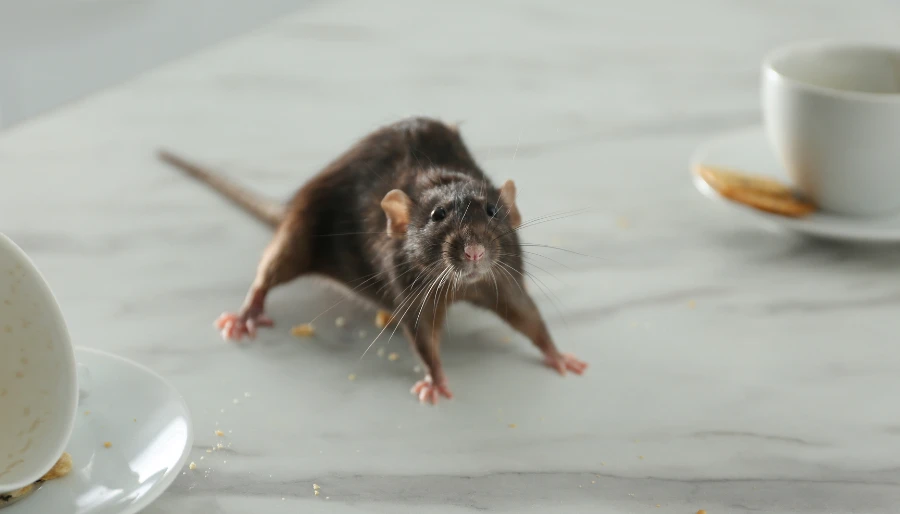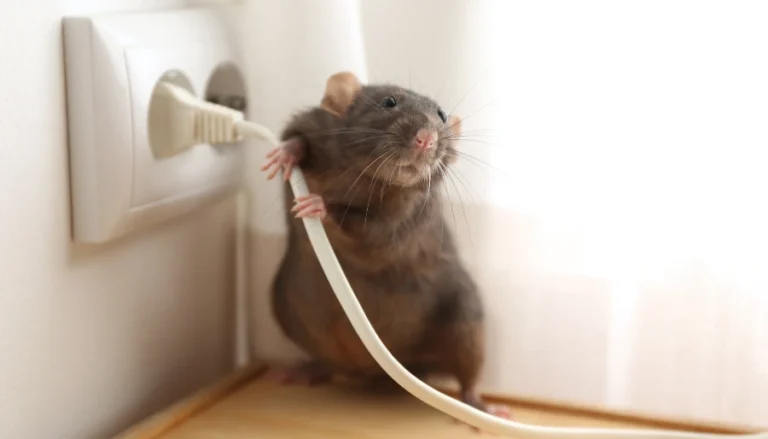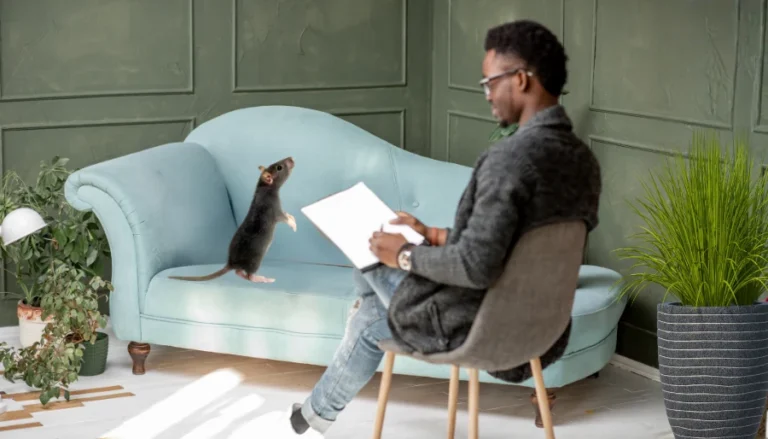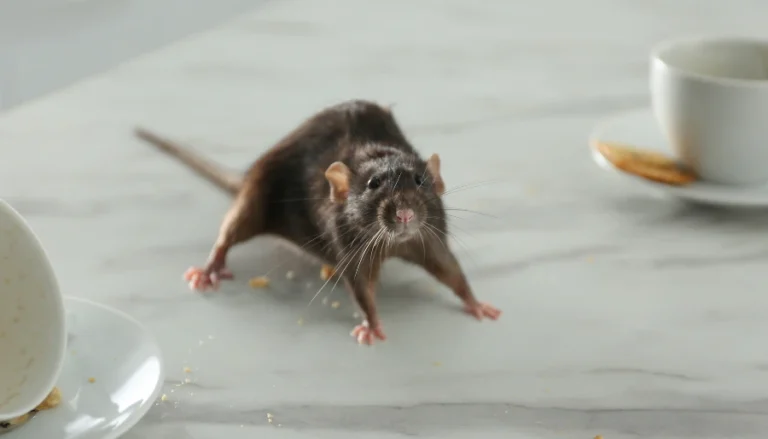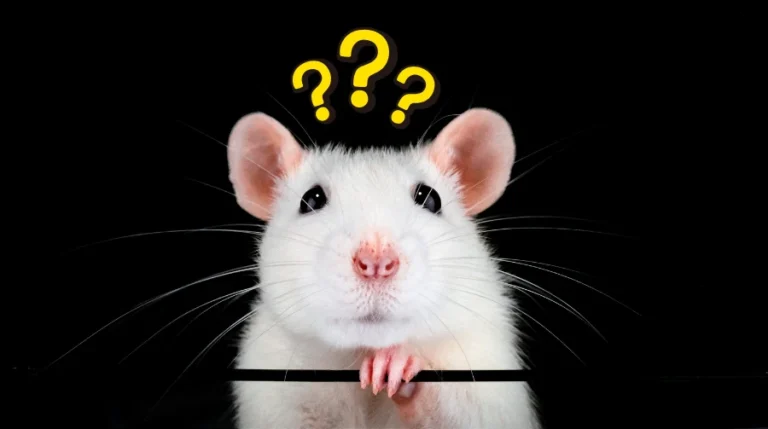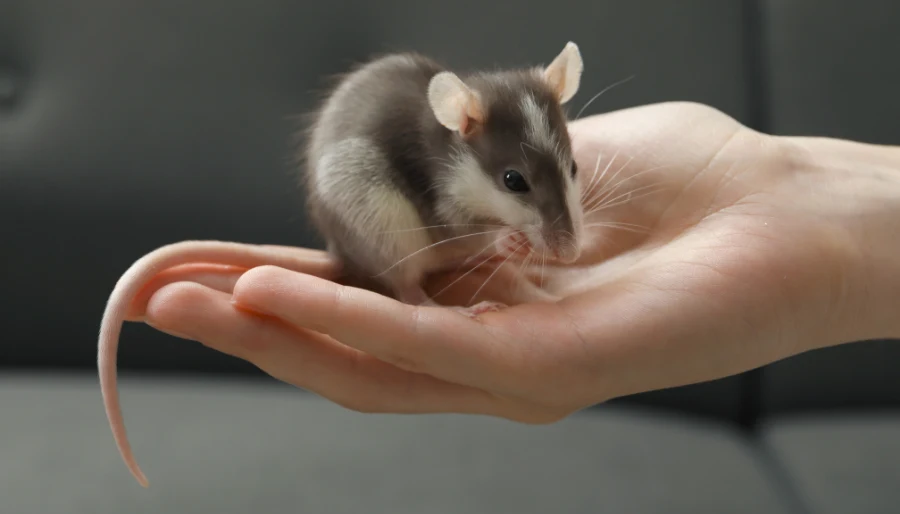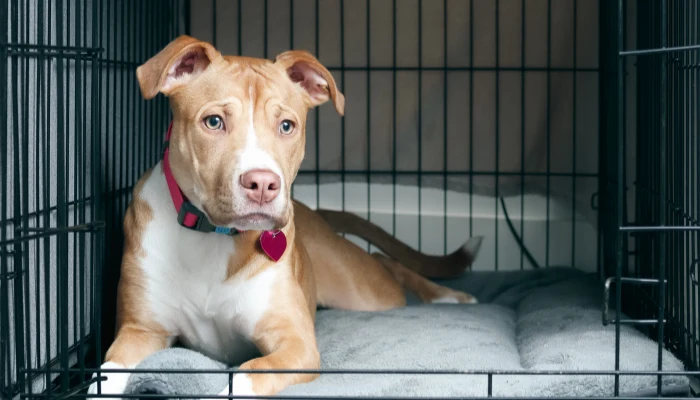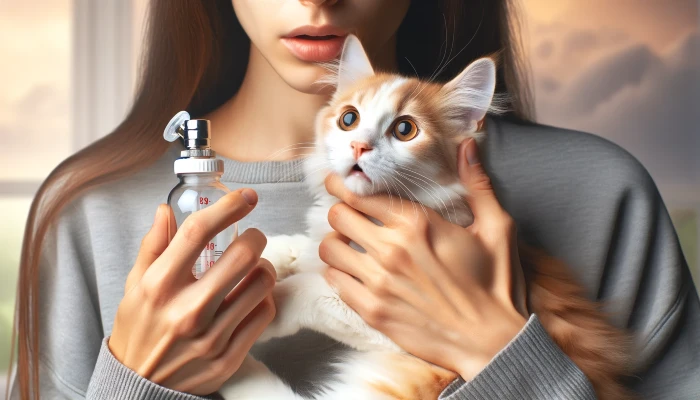Rats can’t speak, but that doesn’t mean they’re silent. Every twitch, posture, and movement tells a story. Once you know how to read those signals, you’ll understand what your child’s pet rat is feeling, what it needs, and how to respond. It’s like learning a new language, one that builds trust and deepens the bond between your family and your pet.
Here’s how to decode your rat’s body language and help your child become a more confident and empathetic caregiver.
Why Body Language Matters So Much
Rats are expressive animals. They use their bodies to show happiness, curiosity, fear, or discomfort. Kids often think a rat is “just sitting there,” when it’s saying a lot through small changes in movement and posture.
Learning to read those signals helps kids understand what their pet needs. It also prevents misunderstandings. Many bites, escapes, or fearful reactions happen simply because a rat’s signals were missed or ignored. Teaching children to notice these details builds empathy and helps them become better caretakers.
And it’s also a great time to explain to kids how all animals communicate differently. Those animals that can’t communicate with us through talking, must use other means of communication, and it’s our job to notice.
Relaxed and Comfortable Body Language
A relaxed rat is confident and content. Its movements are calm and deliberate, and its posture looks natural and unforced.
Here’s what to look for:
- Exploring calmly: A rat that moves around slowly and sniffs its surroundings feels safe.
- Grooming itself: Rats clean themselves often when they’re relaxed. If your child’s rat grooms while sitting on their lap, it’s a sign of trust.
- Lying stretched out: A rat that lounges with its body extended is completely at ease.
- Bruxing and boggling: Soft teeth grinding (bruxing) and rapid eye movement (boggling) happen when a rat is deeply content.
These are all signs that the environment feels safe, and the bond is strong.
Teach your children what to look for, what a happy rat will look like. Over time you can talk about how body language with other animals and humans and why we must all pay attention to others.
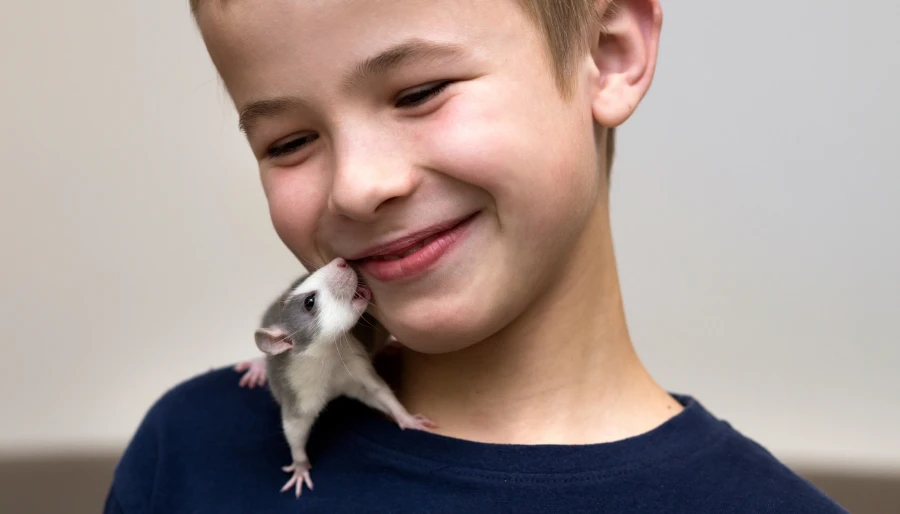
Curious and Alert Behavior
Rats are naturally curious. When they’re interested in something new, their body language changes. You’ll see them perk up and pay close attention.
Watch for:
- Standing on hind legs: This is how rats investigate new sights and smells.
- Sniffing rapidly: Fast, focused sniffing means they’re exploring.
- Ears forward and whiskers twitching: These are signs of curiosity and engagement.
If your child notices these signals, it’s a good time to interact. Offer a toy, a treat, or gentle handling to encourage exploration and bonding.
Signs of Fear or Anxiety
Fearful rats look very different. Their movements become quick and uncertain, and they often try to hide or escape. Understanding these signals helps kids avoid pushing too hard and gives the rat time to feel safe again.
Key signs include:
- Freezing in place: A classic fear response. The rat is trying to avoid attention.
- Hiding or backing away: If it retreats from a hand or hides in its cage, it needs space.
- Flattened body posture: A crouched, low-to-the-ground position signals fear.
- Rapid breathing or trembling: These are strong signs of stress.
If your child sees these signals, they should stop what they’re doing and give the rat space. Quiet time, a familiar scent, and gentle handling later on will help rebuild confidence.
Aggression or Warning Signals
True aggression is rare in pet rats, but they do have ways of warning you before they bite. Recognizing those signals gives you time to back off and prevent negative interactions.
Watch for:
- Puffing up their fur: This is an attempt to look bigger and more intimidating.
- Sideways posture or sidling: A rat that turns sideways and sways slightly is warning you to stay back.
- Lunging without biting: This is often a bluff, but it’s a clear sign the rat wants space.
- Chattering teeth loudly: Loud, sharp chattering is a warning, not contentment.
If your child notices any of these, they should calmly step away and avoid handling the rat until it settles down. Inconsistent or rough handling often triggers these reactions, so gentle, predictable interactions are key.
Communication Between Rats
Rats also communicate with each other through body language. If you have more than one, watching how they interact can teach kids a lot about their social lives.
Some behaviors are completely normal:
- Grooming each other: A sign of bonding and affection.
- Play wrestling: Gentle pinning and chasing are normal social behaviors.
- Sleeping in a pile: A sign of trust and close bonds.
Other behaviors may signal tension:
- One rat chasing another aggressively: This can indicate dominance or bullying.
- Squeaking during fights: Occasional squeaks are normal, but frequent or intense ones mean it’s time to intervene.
If tension builds, adding more space, more hiding spots, or separate feeding areas can help.
When Body Language Signals Illness
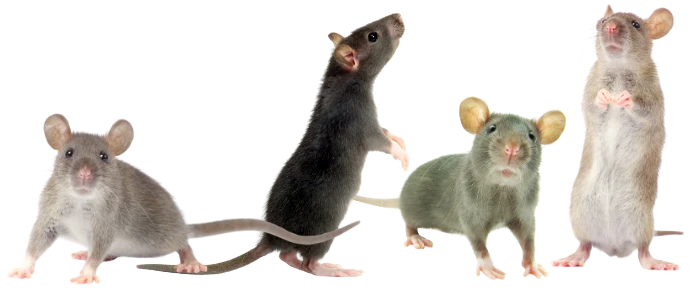
Teaching Kids How to Read Rat Body Language
Learning to read body language is a skill that builds over time. Encourage your child to spend a few quiet minutes just watching their rat every day. Ask them to describe what they see and guess how the rat might be feeling. Then talk about whether those signs mean the rat is happy, scared, curious, or upset.
Make it a habit to pause interactions if the rat shows signs of stress. Rewarding calm, gentle behavior from both your child and the rat builds trust on both sides.
More To Discover
- UC Davis Scientists Use Volcanic Rock to Capture Carbon in Dry Climates, Offering New Hope for Climate Action
- The Unfreezeable Octopus: A Deep Dive into Antarctica’s Chilliest Mystery (Choose Deep Dive or Kid-Friendly Edition)
- A Common Laundry Detergent Enzyme Can Recycle Single-Use Plastics In 24-Hours, Researchers Discover
- Struggling Beekeepers Fight to Protect Vital Honeybee Colonies Amidst Growing Challenges
Key Takeaways for Parents
- Rats communicate constantly through body language.
- Calm exploration, grooming, and stretching mean they feel safe.
- Freezing, hiding, or trembling show fear and stress.
- Puffing up, sidling, or loud teeth chattering are warning signs.
- Body language changes can signal illness and should never be ignored.
Final Thoughts
Your rat is always telling you how it feels. Once you and your child learn to read those signals, caring for it becomes easier and more rewarding.
It’s also a powerful lesson in empathy.
Paying attention to what an animal is “saying” without words helps kids grow into more patient and thoughtful caretakers, and it strengthens the bond they share with their pet.







